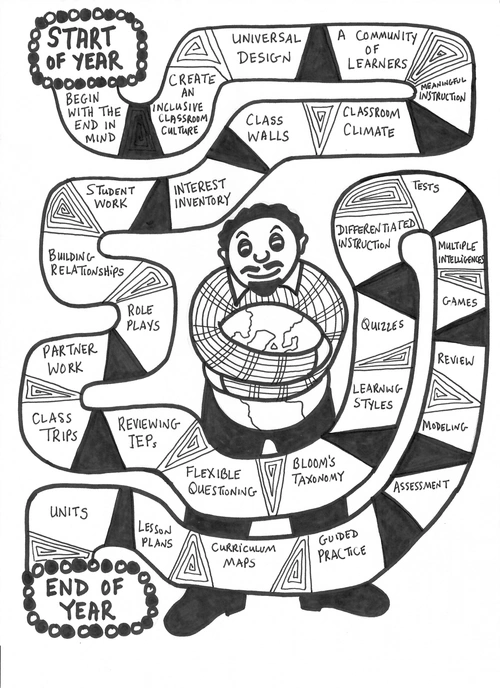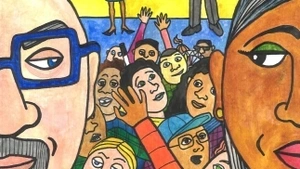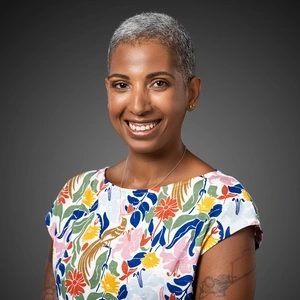Faculty Expert
Students bring different experiences, talents and abilities into every learning environment, but not all classrooms are set up to welcome that diversity.
Here are six ways educators can embrace diverse learners in a single classroom, whether they are multilingual, differ in their mobility levels, are neurodivergent or are otherwise differently enabled:
Invest time in universal design for learning.
Develop curriculum in multiple formats, like text, audio and video. Some students prefer learning with one modality over another, while others need a particular mode. Let students choose what works best for them – without having to ask permission to use them. For example, a student with vision loss may feel embarrassed to ask for audiobooks if they are not readily available. Many other students, say English language learners, may also prefer audiobooks instead of or in addition to text. If possible, provide materials in multiple languages

Don’t label kids.
Use “special ed student” and “special needs” carefully. “Special education” describes services designed to support student learning, not the students themselves. People with disabilities are not broken or less enabled than others. Nobody is fully enabled; we all have needs. When you label a kid “special needs,” the label can stick far longer than they have the need for any special help.
Recognize that your goals may not be their goals.
Your students and their families have opinions, ideas, and the right to determine their own goals, which may not conform to your views of success. For example, non-English speaking parents may want their child to speak in the language of their community or home country, but they might need help to articulate or advocate for that need. When decisions need to be made for a student, engage families as full partners in the decision-making process.
Ableism is a toxic addition to racism.
Students who enter special education are often kept out of gifted and talented programs or mainstream classrooms. That’s not fair to talented kids with disabilities. And it’s especially unfair when you consider that many children in special education programs are students of color. To make sure that all students have a chance to reach their full potential, design your learning environment to accommodate all kinds of learners.
Be conscious of culture.
Kids will be more likely to listen to you if you listen to them. If your students come from different cultures, especially if those cultures are different than yours, be sensitive to their understanding of what is expected.
Representation matters.
Incorporate disabled experiences into everyday lessons. When children hear stories about disabled people in the normal course of instruction (say, Franklin Delano Roosevelt, a man in a wheelchair who was President of the United States), they are more likely to understand that people with disabilities are part of everyone’s culture.

María Cioè-Peña is an assistant professor in Penn GSE’s Education Linguistics division and author of the award-winning book (M)othering Labeled Children: Bilingualism and Disability in the Lives of Latinx Mothers. Stemming from her experiences as a former bilingual special education teacher, Cioè-Peña’s research examines the intersections of disability, language, school–parent partnerships and education policy. She has authored numerous papers on bilingual children with disabilities and their ability to access multilingual and inclusive learning spaces within public schools.
Subscribe to the Educator's Playbook
Get the latest release of the Educator's Playbook delivered straight to your inbox.
Media Inquiries
Penn GSE Communications is here to help reporters connect with the education experts they need.

